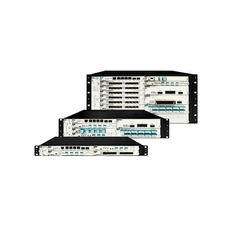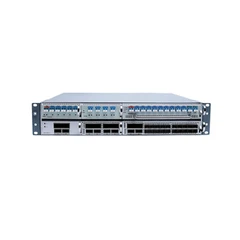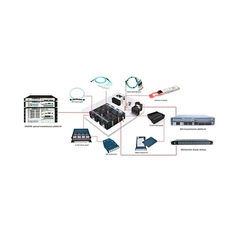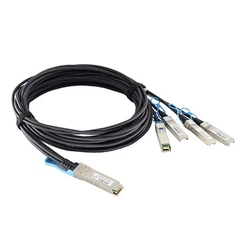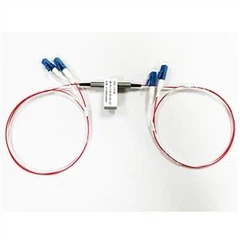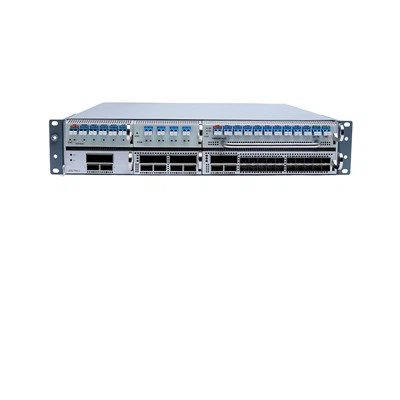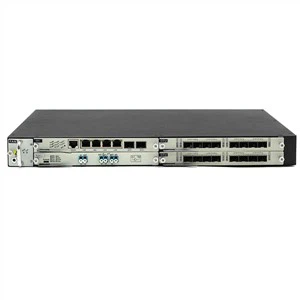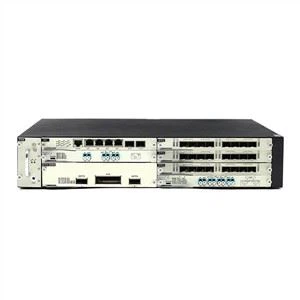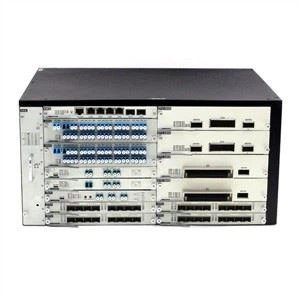Let's first take a look at how OTN DWDM optical layer protection is implemented? OTN optical layer protection is mainly achieved through "concurrent optimal reception". Concurrent, i.e. sending at the same time. Preferential Receipt, that is, preferential reception.
The sender sends two signals at the same time, and transmits them through two different channels. The receiving end compares the received signals, and selects a signal with better quality in the two channels to receive.
When the selected working path fails, the service receiver performs fault detection, and then switches the service to the protection path for protection.
Since services are bidirectional, switching includes unidirectional switching and bidirectional switching.
Unidirectional switching: When a unidirectional fault occurs (that is, the fault affects only one direction), only the affected end performs switching.
Bidirectional switching: When a unidirectional fault occurs, both the affected and unaffected ends will perform switching.
After switching, if the working channel returns to normal, you can also choose whether to return to the working channel.
Non-returning: After the working channel returns to normal, the service signal that has been switched to the protection channel does not return to the working channel and is still transmitted on the protection channel.
Return type: When the working channel returns to normal, the service signal will return to the working channel for transmission.

